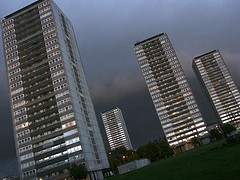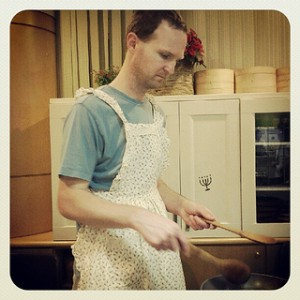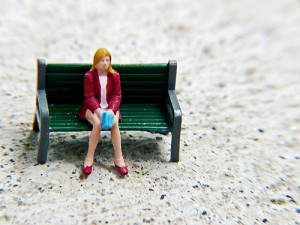
The causes and effects of concentrated black poverty in urban neighborhoods came to the forefront of the internet over the past couple weeks, with Ta-Nehisi Coates and Jonathan Chait engaging in a back-and-forth about the subject and the explanations and remedies proposed by President Barack Obama and Congressman Paul Ryan.
Stefanie DeLuca, a sociologist at Johns Hopkins University, has a wealth of qualitative and quantitative data to contribute to the debate. For the past decade, she has been studying the effects of the Baltimore Housing Mobility Program, which provides vouchers for low-income families to move to integrated neighborhoods with lower poverty rates. To meet these criteria, many families have had to move out of Baltimore and into the suburbs, and they are given counseling to help them access resources and navigate their new environments.
The counseling is a critical piece of the program, says DeLuca. “Being poor doesn’t just mean you didn’t have enough resources and you had barriers to opportunity – but the benefits of those opportunities are relatively unknown.”
So far nearly 2,000 families have moved to the suburbs, and approximately two-thirds have stayed there. In conducting in-depth interviews with 110 families involved in the program, DeLuca and her colleague Jennifer Darrah of the University of Hawaii find “profound differences in the way many of the parents in the BMP thought about where they live now, where they want to live in the future, and where they never want to move again.”
Should this program become the new paradigm for fighting urban poverty in the 21st century? While the results among people who have moved to the suburbs provide reason for cautious optimism, DeLuca notes that an important question arises: “What do we do about everyone else?”
In an era of ever-tightening budgets, how should public policy balance investments in poor neighborhoods with helping people move out of them? It’s a tough question and important debate to which social scientists are well positioned to contribute.








